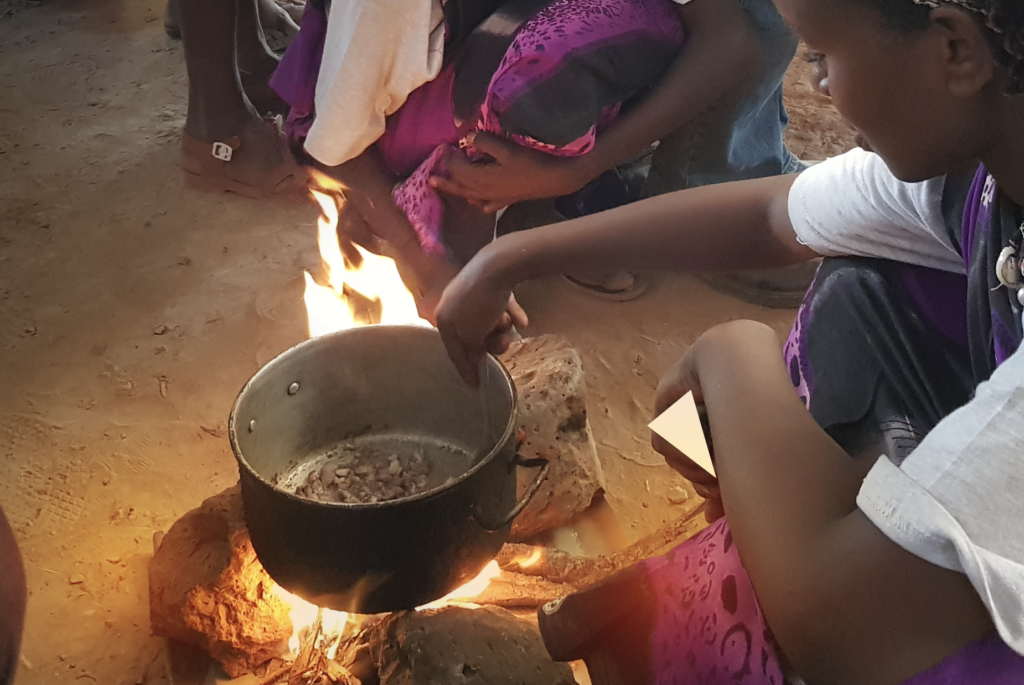Given their high degree of self-sufficiency, it is essential to secure and preserve Indigenous Peoples’ food systems to ensure the food security of 476 million Indigenous people around the world1.
The traditional food systems of Indigenous Peoples are sustainable because over the centuries their practices have been oriented towards the rational use of resources, which has allowed them to ensure resources for future generations. Indigenous Peoples prioritize only satisfying community needs, without excesses, unlike other practices, which are based on accumulative consumption. Despite having survived for centuries and demonstrating sustainability and resilience, traditional food systems are currently threatened by factors external to their worldview.
Traditional food systems are respectful of Mother Earth because their ancestral knowledge and practices have allowed the regeneration of resources and have a reciprocal relationship with nature. Some of these traditional practices are the diversity of food crops; the rotation of land, hunting, fishing, and grazing areas; closed seasons; among others. In addition, food production is linked to their cosmovision, which is based on reciprocity and collective work, guaranteeing all members of the community access to good food.
At the same time, Indigenous Peoples have a system for the management and care of water cycles, based on centuries of knowledge transmitted from generation to generation, which is crucial for food security and sovereignty.
Biodiversity protection is also part of their cultural identity, spiritual well-being, and land stewardship. Although attempts have been made to extinguish this knowledge, they have survived, and have manifested themselves as a response to different crises that humanity is going through, such as the pandemic caused by COVID-19 and the climate change crisis, showing exemplary adaptation and resilience to conserve their cultural traditions, ancestral medicines, and food systems.
However, these practices are threatened. Indigenous Peoples’ territories are where the greatest and best biodiversity is conserved in the world and therefore where there are more uncontaminated natural resources, this causes a direct threat from external sectors that want to commercialize these resources and degrade the territories. Extractive companies in many cases force Indigenous Peoples to move to other territories or to cities, abandoning their traditional food systems and threatening their food security and sovereignty.
Similarly, the effects of climate change affect Indigenous Peoples much more, although they have the least impact. Natural disasters related to climate change such as droughts; forest fires; lake and river pollution; floods; landslides; increasingly frequent hurricanes; among others, are constant threats.
Indigenous Peoples respond to these adversities by working on the recognition and sovereignty over their lands, and on the revitalization and transmission of their knowledge to future generations.

